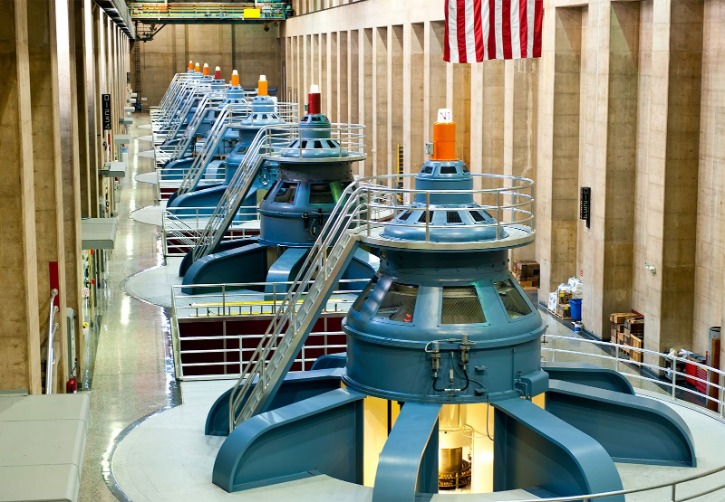
As electric vehicles (EVs) continue to rise in popularity, the demand for EV charging infrastructure is also on the rise. From public charging stations to home chargers, there are various options available for EV owners to charge their vehicles conveniently.
Types of EV Charging Stations
1. Level 1 Charging:
Level 1 charging uses a standard household outlet to charge the EV. Although it is the slowest option, it is convenient for overnight charging at home.
2. Level 2 Charging:
Level 2 charging requires a dedicated charging unit installed at home or at public charging stations. It provides faster charging speeds compared to level 1 charging.
3. DC Fast Charging:
Read more about fast charging EV stations here.
DC fast charging is the quickest option for EV owners, providing rapid charging at public charging stations. This type of charging is ideal for long-distance travel and quick top-ups.
Advancements in EV Charging Technology
With advancements in technology, EV charging infrastructure is becoming more efficient and user-friendly. Smart charging stations with features such as mobile app integration, payment solutions, and real-time monitoring have made EV charging more convenient for users.
Moreover, wireless charging technology is also being developed for EVs, eliminating the need for cables and connectors. This technology allows EV owners to simply park over a charging pad to begin charging their vehicles.
The Future of EV Charging
As the transition to electric vehicles accelerates, the demand for EV charging infrastructure will continue to grow. Governments, businesses, and energy providers are investing in expanding EV charging networks to support the adoption of electric vehicles.
Overall, the future of EV charging looks promising, with innovative technologies and widespread infrastructure developments making it easier and more accessible for EV owners to charge their vehicles. Stay tuned for more exciting developments in the world of EV charging!



